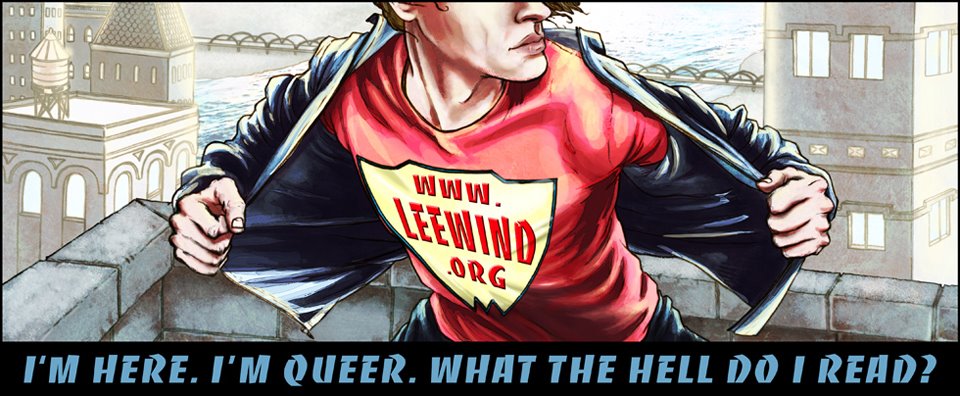
By Marion Zimmer Bradley
It's the 1940s and 50s - in the world of the circus.
Mario Santelli, of the famous flying Santelli family, is a great trapeze artist. Tommy Zane is his protege.
"As naturally and gracefully as they soar through the air, the two flyers find themselves falling in love. Mario and Tommy share sweet stolen moments of passion, but the real intensity of their relationship comes from their total devotion to one another and to their art. As public figures in a conservative era, they cannot reveal their love. But they will never renounce it."
My thanks to the blog reader who wrote to tell me about this book, saying "I don't know if it will help but it helped me."
And add your review of "The Catch Trap" in comments!
960.jpg)















2 comments:
This was the first mainstream gay romance I ever read, in '82 I think. What hit me at the time, and still sticks with me today, is that they would stop a train in the middle of nowhere just to toss two homosexuals off. o_O It was like they thought it was contagious or something.
I also remember being depressed when the Santelli patriarch (whose name I don't recall) died and the family seemed to fall apart. Very realistic, but still not much fun to read.
The break-up in the middle was depressing too, but realistic under the circumstances, and at least things ended on a positive note. (I think it did -- I haven't read this in ages! [laugh/flail])
The circus setting was a key component of the story, though, not only as a gosh-wow exotic setting that was fascinating in its own right, but also showing how there were islands of subculture, even in that era, where gender roles were subordinate to other considerations, as when Tommy dressed as a girl, in a pink costume and a blonde wig, to take the place of a performer in an all-girl act. Nobody within the circus community thought there was anything odd about it; the priority was putting on the show. So we see that there was flex within American society regarding things like cross-dressing, in particular communities, that things weren't absolutely right or wrong, good or bad, even in the 40s and 50s. But even there, Mario and Tommy had to hide. The circus people might sneer at the narrow-mindedness of the townies, as when Tommy's friends made fun of him when they found out he'd dressed as a girl for the show, but that didn't make the circus people any more flexible about their own bigotries.
Which all sounds very analytical, but it's a great book just to read, too. I enjoyed it very much, and feel like finding a copy ro re-read again now. :)
Angie
Hi Angie,
thanks for your review! The fact that you read it so long ago and that it still resonates (and you remember so much of the story and your reactions to it) speaks volumes!
Namaste,
Lee
Post a Comment